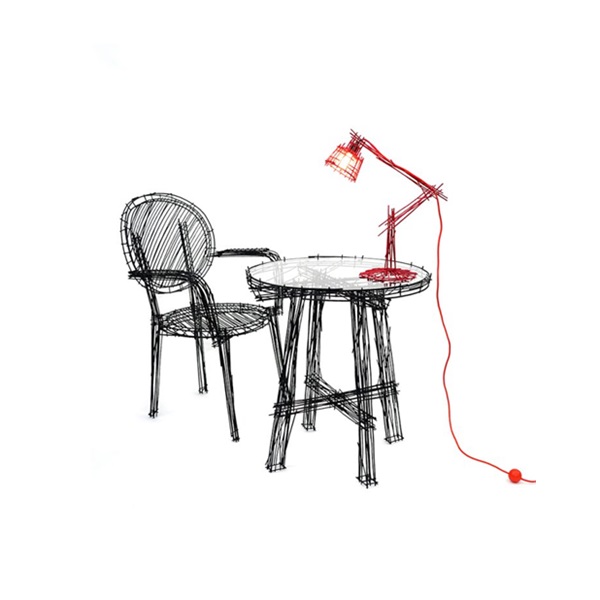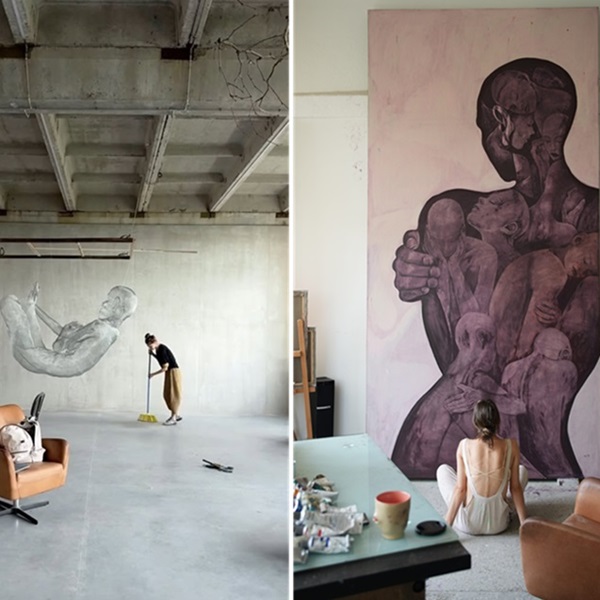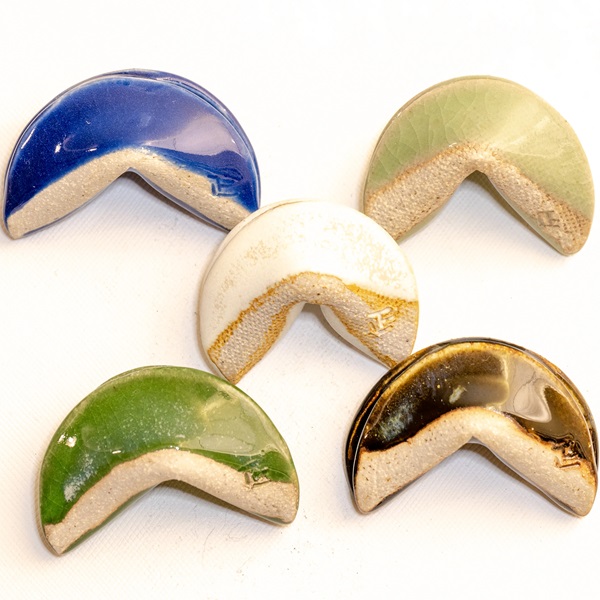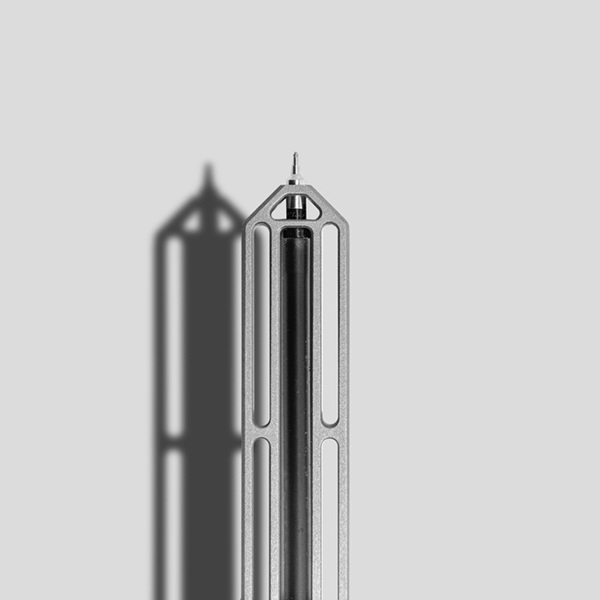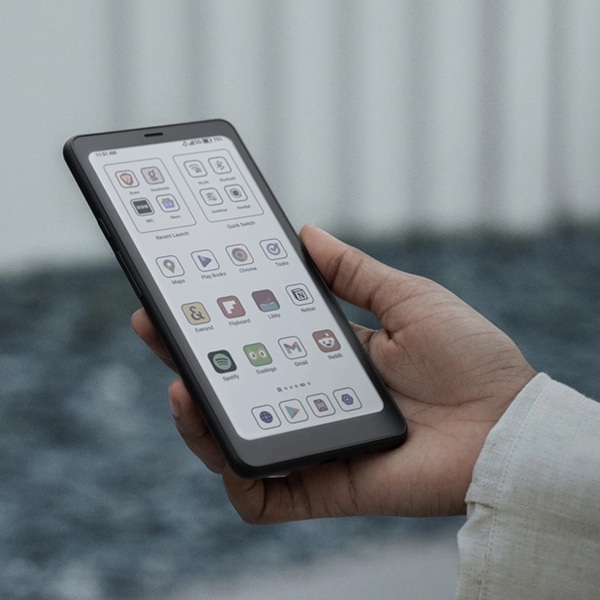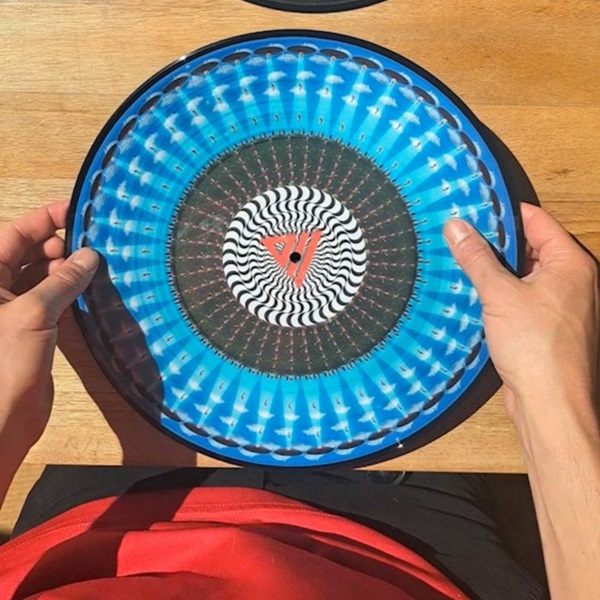
Several months ago, we woke up and heard that companies had released their AI art generators. Designers have been creating art pieces on AI platforms in minutes. All they do is type a text, and the platform does what it is asked to do. Besides, the platforms can imitate the original artworks. But this has led artists to worry about their future. The good news has arrived fast. A team from the University of Chicago has developed a tool named Glaze. The tool will protect the artworks that could be used by AI art generators.
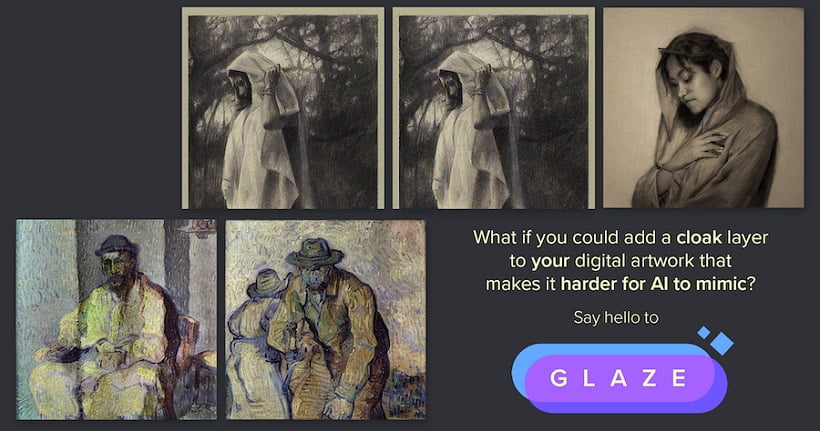
University of Chicago
How does Glaze work?
The tool, Glaze, will cloak the images so that AI art generators cannot identify and mimic the unique features belonging to the artists. The developer team will try to prevent artificial plagiarism. The artists seem to be a little bit more hopeful about their future. As you may guess, there are a lot of art students who left school. AI art generators left no hope for them. But it seems Glaze will help them a lot.

University of Chicago
Because, unlike photographs, paintings have specific features belonging to each artist, For example, every artist has different styles such as brushstrokes, shadowing, color palettes, etc. Glaze will work by adding an invisible second layer on top of the artwork. At first, everyone thought Glaze would cover the original artwork with random shapes. But it turns out that the transparent layer is also a piece of art. We cannot tell that the layer is on top of the artwork. However, AI platforms will figure out there is another layer. When it tries to study both artworks, it will get confused. And it will not be able to mimic the unique artwork. It is clever that developers have used artificial intelligence against itself and created the Glaze tool.
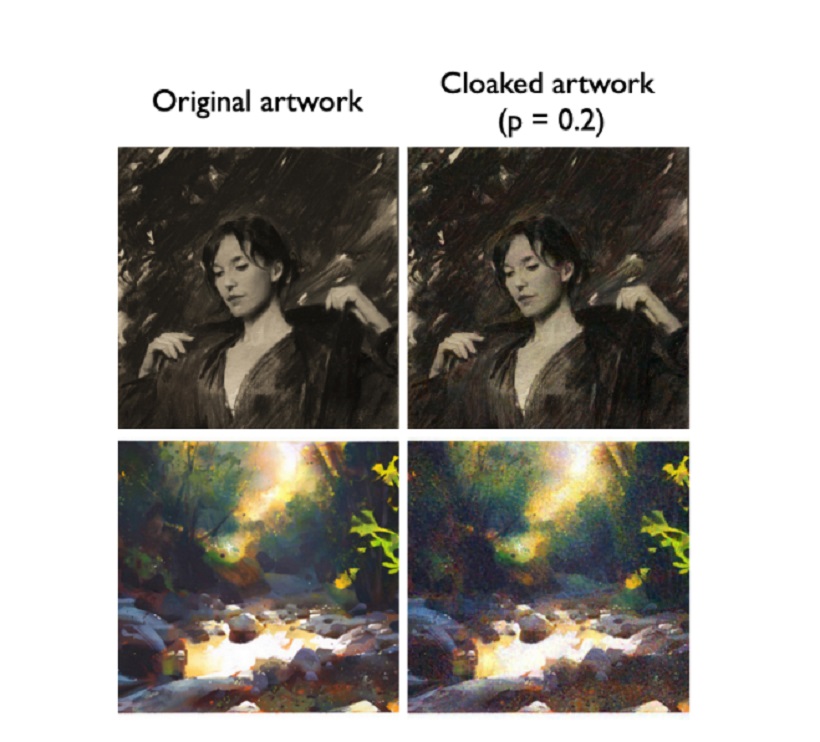
University of Chicago
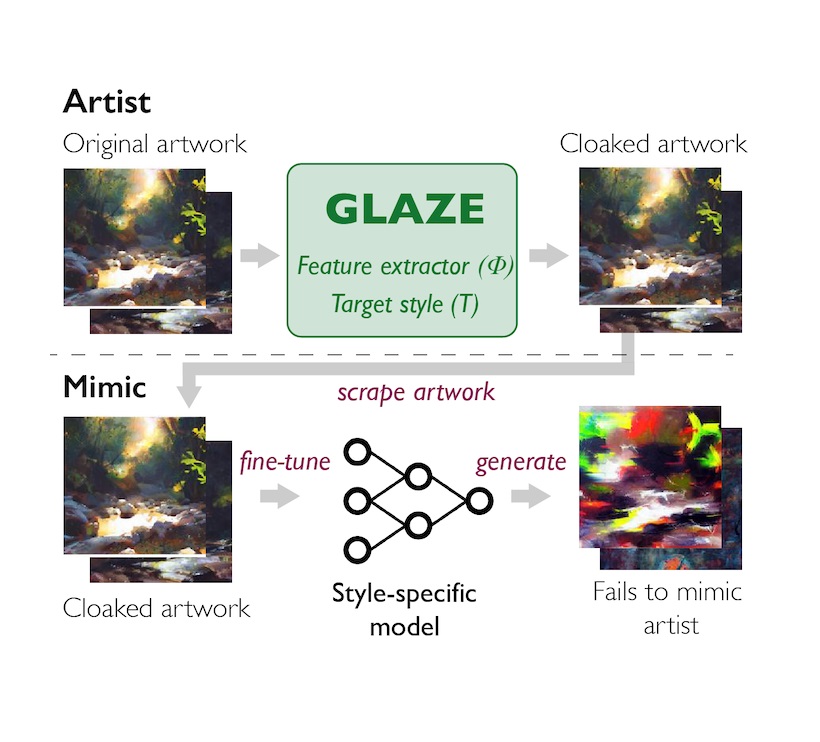
University of Chicago

University of Chicago


